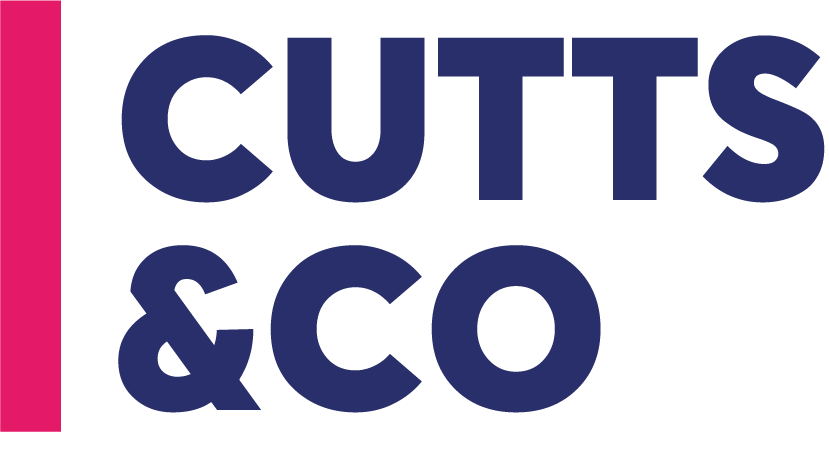A Debt Management Plan (DMP) can provide relief if you’re struggling with unmanageable debts. However, understanding how it works and whether it suits your situation is crucial before committing. This guide explains DMPs, their pros and cons, and tips for choosing the right plan for your needs.
What is a Debt Management Plan?
A Debt Management Plan is an informal agreement with your creditors to repay unsecured debts—such as credit cards, personal loans, or overdrafts—through a single, affordable monthly payment.
The plan helps ease financial pressure by consolidating payments and potentially freezing interest or waiving fees. However, payments are typically spread over a longer period, which may increase the time it takes to clear the debt.
How Does a DMP Work?
- Assessment of Finances:
A debt management company or financial advisor reviews your income, expenses, and debts to determine a realistic payment plan. - Negotiations with Creditors:
Your provider negotiates with creditors to reduce payments and possibly freeze interest or fees. - Monthly Payments:
You make one payment to the provider, which is distributed to creditors as agreed.
It’s vital to choose a provider authorised by the Financial Conduct Authority (FCA) for security and reliability.
Types of Debts Covered by DMPs
DMPs are designed for unsecured debts like:
- Credit cards
- Personal loans
- Store cards
- Overdrafts
They don’t cover secured debts such as mortgages or car loans.
Advantages of a DMP
- Simplified Payments: Consolidates multiple payments into one manageable amount.
- Reduced Creditor Contact: Creditors may reduce or cease direct communication.
- Flexible Terms: Informal agreements can be adjusted if your financial situation changes.
Disadvantages of a DMP
- Credit Score Impact: Reduced payments may lower your creditworthiness.
- Extended Payment Period: Repaying over a longer period may increase the total repayment amount.
- Exclusion of Secured Debts: Secured loans, like mortgages, are not included.
How to Choose the Right DMP
1. Assess Your Finances:
Review all debts, income, and expenses. Create a realistic budget to ensure a DMP is affordable.
2. Choose an FCA-Approved Provider:
Check the FCA Register to confirm the provider’s credibility. Look for transparent fee structures and good customer reviews.
3. Understand the Costs:
Some providers charge setup and monthly fees, which should be reasonable and clearly explained upfront.
4. Consider Alternatives:
If you have significant secured debts or require legal protection from creditors, other solutions, such as Individual Voluntary Arrangements (IVAs) or bankruptcy, may be more appropriate.
FAQs
1. Can creditors still contact me during a DMP?
Yes, although most creditors reduce or cease contact once payments begin.
2. What happens if I miss a payment?
Missing a payment can jeopardise creditor agreements. Inform your provider immediately to avoid potential consequences.
3. How does a DMP affect my credit score?
While not recorded directly, creditors may note reduced payments, impacting your creditworthiness.
4. How long does a DMP last?
The duration depends on your debt amount and monthly payment. Most plans last 3–10 years.
Final Thoughts
A Debt Management Plan can be a valuable tool for managing unsecured debts, but it’s important to choose wisely. Conduct thorough research, understand the terms, and ensure the plan aligns with your financial situation.
If you’re unsure whether a DMP is right for you, speak to an expert. At Cutts & Co Accountancy, we provide professional financial advice to help you manage your debts and secure your financial future. Contact us today to learn more



